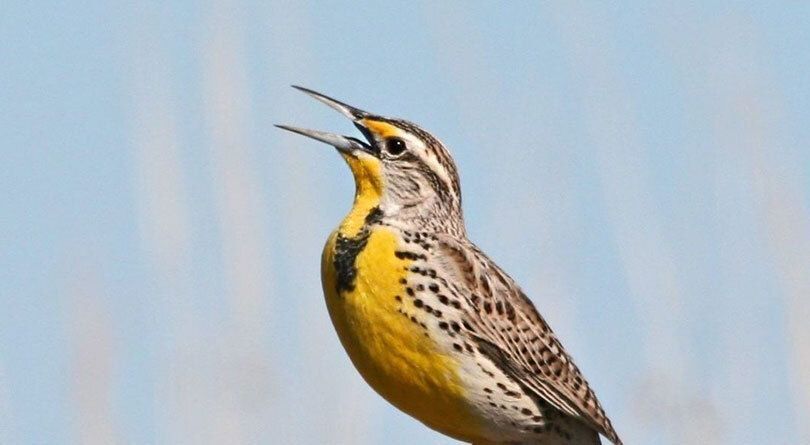
It began as a tradition of shooting as many birds as possible. In the 1800s, many men in the U.S. would step aside from family Christmas celebrations to stretch their legs and spend some time outdoors. Called the “Side Hunt,” this holiday tradition involved hunters competing over who could bring down the most animals of any and all species, including lots of birds. In the era before the Migratory Bird Treaty Act, protections for birds from poaching and overhunting were either nonexistent or unenforceable.
In 1900, an ornithologist named Frank Chapman came up with a way to redirect the outdoorsy impulse of the Side Hunt into something that could benefit both birds and people. He proposed the “Christmas Bird Census.” Instead of competing for the biggest pile of dead birds, he challenged people to identify and count the largest number of birds where they lived. It would be fun, and it would also help scientists learn more about bird species in the U.S. and Canada. In that first year alone, observers in 25 locations counted a total of 90 species and over 18,000 individual birds. Clearly, Chapman was on to something — there’s something to this birding thing that gets people hooked…
That same year, the last known wild Passenger Pigeon was shot in Ohio. People were realizing that many bird species would soon perish from unregulated hunting. The National Audubon Society, founded in 1905, ultimately took over the organization of what became the Christmas Bird Count (CBC), an annual survey of bird species that has now expanded to Latin America, the Caribbean, and Pacific Islands. And unlike the exclusively masculine Side Hunts, the CBC welcomes people of all genders and backgrounds.
The National Audubon Society has designed the CBC to bring together experienced birders and enthusiastic beginners so that it both gathers scientifically valuable data and helps train new generations of bird counters to keep the tradition alive. It’s a fun, often sociable way to contribute to science. CBC data have helped biologists identify at-risk species to guide conservation priorities and protect key habitats.
The CBC is just one example of how traditions can be remixed, adapted, and continuously changed into something better.

